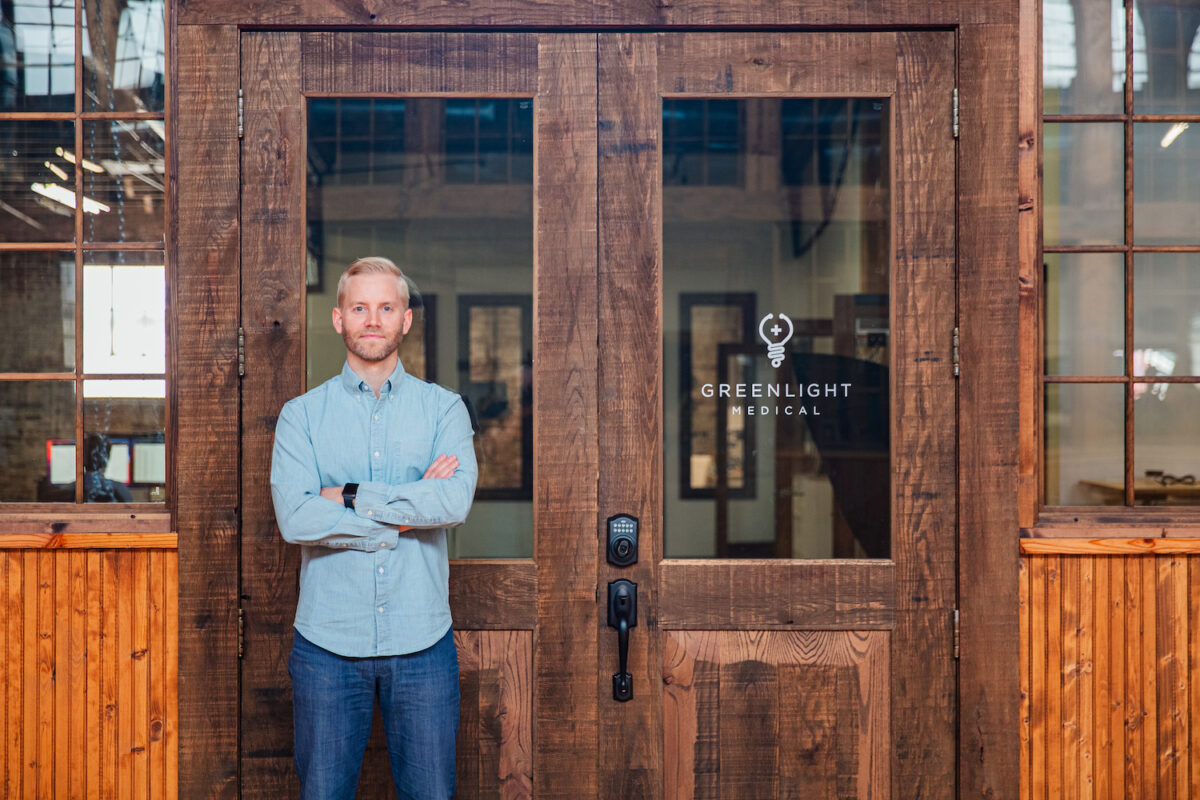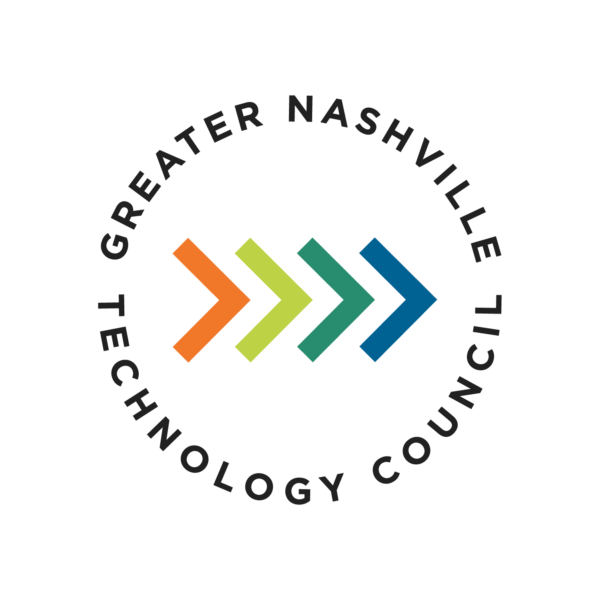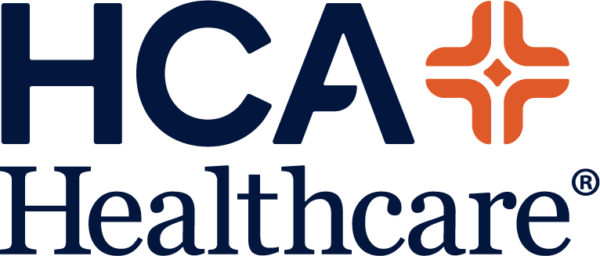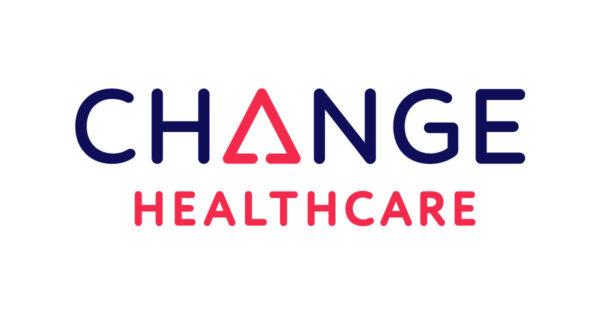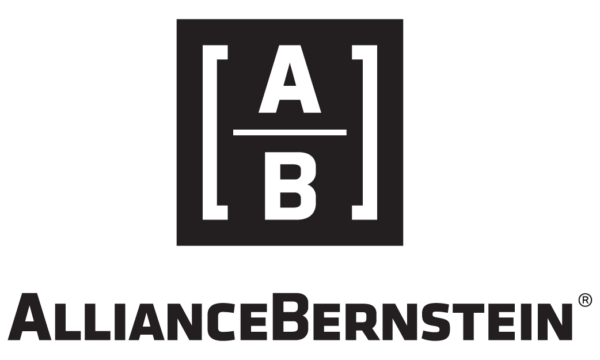A doctor’s request for a new tech product can easily be delayed by red tape. Their hospital has to mull over the proposed benefits for their patients, operational considerations for the facility, the financial impact, and any potential safety concerns. While these decisions require due diligence, prolonged deliberations can prevent patients from getting the care they need.
What if those parties who influenced purchasing decisions for hospitals could all be brought to the table together? And given the information they need to make the best possible decision in a timely manner? Surely such a boost in access to critical information would help hospitals better serve their patients.
This is what GreenLight Medical (GreenLight) does. Sharing information in a hospital isn’t new. However, connecting systems in the hospital’s technology ecosystem so that decision-makers can better share information is a novel approach.
“What we’re doing is transformational because we’re doing it in a technology-led process,” says Founder and CEO of GreenLight Austin Dirks.
Generally speaking, GreenLight changes how technology products are introduced to a hospital—from a physical medium to a digital medium. Once in this digital platform, GreenLight brings together the key parties—medical device companies, sales representatives, biopharma companies, distributors, hospital supply chain, and individual physicians—who are part of a purchasing dialog for pieces of tech. These items—like pacemakers or stents—get to a patient once they’ve been authorized.
“From that standpoint, there’s a lot of different people, a lot of different information that’s needed,” Austin explains, referring to the many different parties in the hospital value analysis purchasing committee.
In the past, a lot of this communication was face-to-face, manual, and de-aggregated. As a result, it was much slower to get to the necessary parties. In order to illustrate what he means, Austin uses email as an example, explaining, “Writing someone a note is not an unfounded thing. Email was a digital transformation of a thing that people were doing, which led to an incredible amount of speed, and other technologies and things that came off of that.”
Just like with email, Austin’s healthtech company exists to make communication as easy and instant as possible. The hope is that faster communication will facilitate doctors getting technology greenlighted and made available to them more quickly.
GreenLight started in San Francisco in 2014, and relocated to Nashville in 2016. Austin explains the reasoning behind his move, saying, “I was at a point where we had a working technology, and we had a pilot user of it. And someone said to me, ‘Okay, well, where are you going to set up shop for the next 10 years?’ I had a little bit of an ‘Excuse me?’ moment. But I realized I was building a company.”
Austin explored a few different cities, eventually selecting Nashville. He wanted to be part of a tech scene that was emerging and would let him be an “impact player” to help the tech scene avoid the mistakes that have occurred in other cities. Having gotten his undergraduate degree from Vanderbilt University, Austin already had roots in Nashville.
“What I saw in Nashville is… an inkling of intention that we were going to be an entrepreneurship and tech fostering city. And I love the thought of marching that journey with them, and being a voice for it and a leader for it.”
Relocating to Nashville definitely helped GreenLight. Since Nashville is a healthcare hub, the new proximity to other medical players helped the customer base to grow from two hospitals to 300. This achievement came after GreenLight was able to reassess what it was supposed to be—and incorporate more of the customers’ needs. Originally a workflow project management tool, GreenLight evolved to have a digital library of fully researched and vetted medical technology.
“If you go to any online retailer, you would expect that you could find all the information relevant to the product to make that discernible decision,” Austin says, saying that this didn’t exist for medical technology purchases. “And so, we saw it as a gap in order to combine the world of hospital purchasing with the world of medical technology information—and bring it in-house.”
With regard to purchasing medical technology, the physician is usually closer to the product than the hospital administration. Austin tells readers that hospitals are wary when they purchase any medical technology. This is because of both patient attitudes and fear of recalls or adverse effects after use. In Austin’s experience, this comes as a result of a lack of information about the products being considered. Since there are conflicting philosophies about the best approach to purchasing medical technologies, GreenLight can facilitate objective, third-party conversation about medical devices since they “don’t have skin in the game.”
By offering their clients the chance to research a product directly on the GreenLight platform—providing information related to safety, efficacy, and cost—GreenLight can help ease the fears of the purchasing hospitals.
As GreenLight grows, Austin wants to continue expanding its scope of service. He says, “So what I would love to be is someone who can say, ‘Hey, any type of technology or medical product, GreenLight can help you evaluate and procure.’ Right now, we work specifically with medical technology and capital equipment. And we’re trying to expand our lens into pharmaceuticals, into healthcare IT, and into any other kind of entry point.”
For further information about GreenLight Medical, be sure to visit their website and social media.
